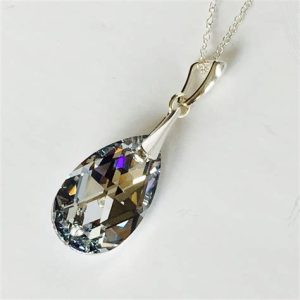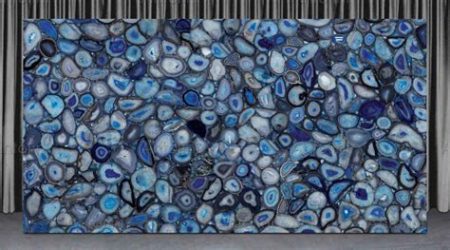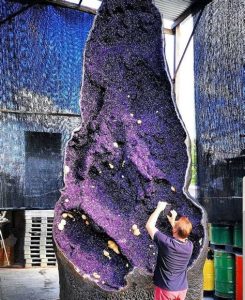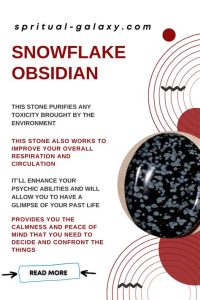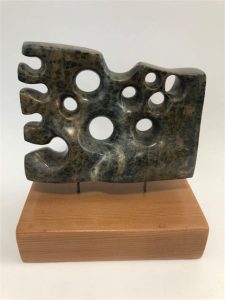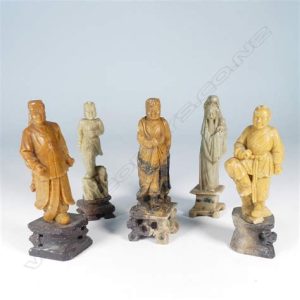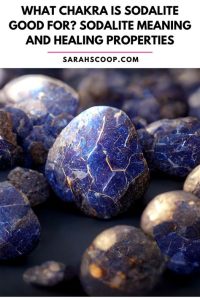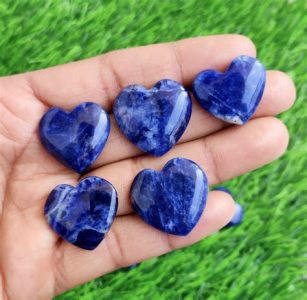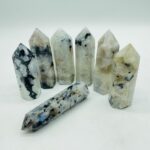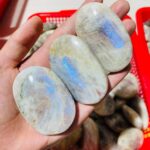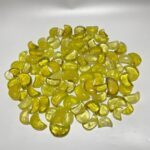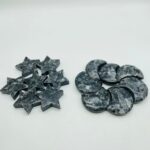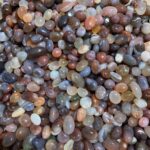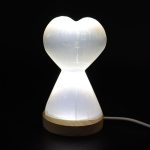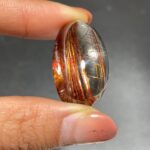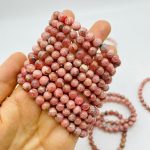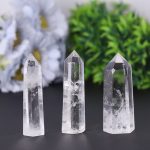Ever wonder which stone is the right choice for your next project? Our comprehensive stone chart provides all the information you need to make an informed decision.
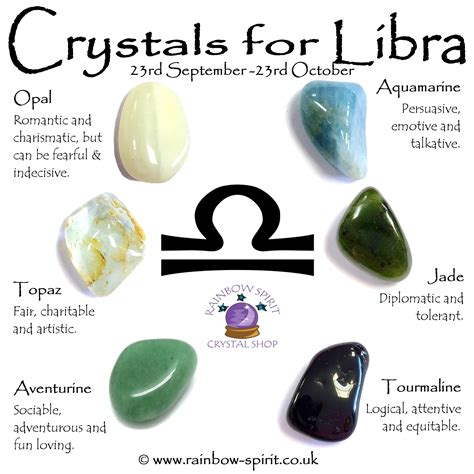
Stone Chart
| Stone | Hardness | Density | Color |
|---|---|---|---|
| Granite | 6-7 | 2.6-2.9 g/cm³ | Gray, pink, red, green |
| Marble | 3-5 | 2.6-2.9 g/cm³ | White, black, pink, green |
| Limestone | 3-4 | 2.1-2.6 g/cm³ | White, beige, gray |
| Sandstone | 2-4 | 2.1-2.5 g/cm³ | Brown, tan, red |
| Slate | 3-4 | 2.8-3.0 g/cm³ | Gray, black, green, red |
| Quartzite | 7 | 2.6-2.7 g/cm³ | White, gray, pink, green |
| Travertine | 4-5 | 2.3-2.5 g/cm³ | White, beige, cream |
| Onyx | 3-4 | 2.6-2.8 g/cm³ | White, black, green, red |
| Soapstone | 1-2 | 2.6-2.9 g/cm³ | Gray, black, green |
| Basalt | 5-6 | 2.8-3.0 g/cm³ | Black, gray |
Granite VS Other Stones
Granite is a durable and versatile stone that can be used for a variety of applications, including countertops, flooring, and exterior cladding. However, it is also one of the most expensive stones available.
Here are some of the advantages and disadvantages of granite compared to other stones:
Advantages:
- Durable and long-lasting
- Resistant to scratches and stains
- Heat-resistant
- Easy to clean and maintain
Disadvantages:
- Expensive
- Can be cold and hard to the touch
- Not suitable for areas with high traffic
Limestone VS Sandstone
Limestone and sandstone are both sedimentary rocks that are formed from the accumulation and compaction of sediment. However, they have different properties that make them suitable for different applications.
Limestone:
- Softer and easier to carve than sandstone
- More porous and absorbent than sandstone
- Suitable for interior and exterior applications
Sandstone:
- Harder and more durable than limestone
- Less porous and absorbent than limestone
- Suitable for exterior applications
Marble VS Travertine
Marble and travertine are both metamorphic rocks that are formed from the recrystallization of limestone. However, they have different properties that make them suitable for different applications.
Marble:
- Harder and more durable than travertine
- Less porous and absorbent than travertine
- Suitable for interior and exterior applications
Travertine:
- Softer and easier to carve than marble
- More porous and absorbent than marble
- Suitable for interior applications
Common Mistakes to Avoid When Choosing Stone
When choosing stone for your next project, it is important to avoid the following common mistakes:
- Choosing the wrong type of stone for your application. For example, using a soft stone like limestone for a countertop that will receive heavy use is a bad idea.
- Not taking into account the porosity of the stone. Porous stones are more likely to absorb stains and moisture, which can make them difficult to clean and maintain.
- Not sealing the stone. Sealers help to protect stones from stains and moisture, and they can also make them easier to clean.
- Not considering the cost of the stone. Stone can be expensive, so it is important to factor in the cost when making your decision.
Why Stone Matters
Stone is a beautiful and durable material that can add value to your home or business. It is also a versatile material that can be used for a variety of applications, from countertops to flooring to exterior cladding.
Here are some of the benefits of using stone:
- Increased durability: Stone is a durable material that can withstand heavy use and abuse. It is also resistant to scratches and stains.
- Increased beauty: Stone is a beautiful material that can add a touch of elegance to any space. It is available in a wide variety of colors and finishes, so you can find the perfect stone to match your style.
- Increased value: Stone can add value to your home or business. It is a long-lasting investment that will pay off in the long run.
FAQs
1. What is the difference between natural stone and artificial stone?
Natural stone is a material that is found in nature, while artificial stone is a man-made material. Natural stone is more durable and beautiful than artificial stone, but it is also more expensive.
2. How do I care for stone?
Stone is a durable material, but it is important to care for

![2025: The Future of Silver Crystals VS [Insert Topic] 6 The Ultimate Stone Chart: 2025 and Beyond](https://wholesale-crystal.com/wp-content/uploads/2025/01/1737748366.jpg)
